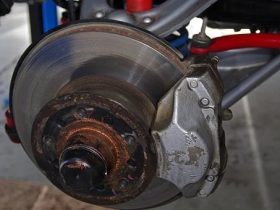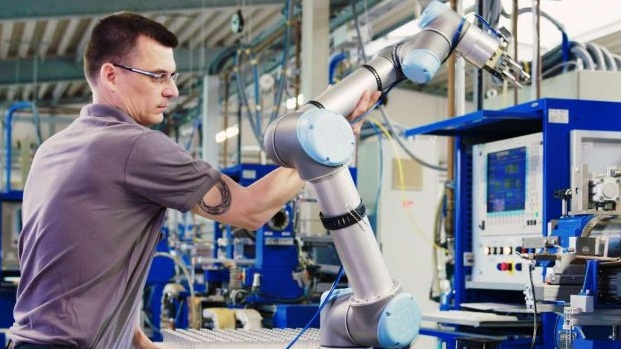As technology continues to advance, the use of cobots is becoming increasingly prevalent in many modern industries. Cobots, or collaborative robots, are robots designed specifically for use alongside humans without compromising safety or productivity. By seamlessly integrating cobots into manufacturing processes, companies can benefit from increased accuracy and efficiency while enhancing worker safety through reduced exposure to dangerous equipment.
With so much potential for improvement and restructuring within the manufacturing industry, it is no wonder cobots are receiving more attention than ever before, but how exactly can they change manufacturing as we know it? In this article, we will explore the various advantages that come with using cobots in a wide range of industrial settings.
What is a cobot, and how might it revolutionise production lines?
A cobot, a collaborative robot, is designed to work alongside humans in production lines or other work environments. Unlike traditional industrial robots, which typically operate behind safety barriers, cobots are equipped with advanced sensors and programming to work safely around people without harming them. As technology continues to develop and evolve, many experts believe that cobots hold enormous potential for revolutionising the manufacturing industry.
By combining the speed and precision of robots with the adaptability and intelligence of human workers, cobots can improve production efficiency, lower labour costs, and reduce the risk of workplace injuries and accidents. Companies that invest in cobots today may be well-positioned to gain a competitive advantage in future years, as some cobots may even very well be able to support full or partial automation of workplaces or processes.
The potential benefits of utilising cobots in manufacturing
There are numerous potential benefits to incorporating cobots into manufacturing processes, including increased efficiency, improved accuracy, and enhanced worker safety. By automating repetitive or dangerous tasks previously performed by human workers, cobots can free up workers’ time to focus on more complex and skilled tasks. It not only leads to higher productivity but also allows employees to learn new skills that may be valuable for their future career development.
Moreover, cobots are designed to work safely alongside humans without safety barriers or cages. It means that they can operate close to workers and even take over tasks that require a high level of precision or strength, reducing the risk of injuries caused by repetitive strain or accidents involving heavy machinery. With cobots handling these tasks, workers can focus on more creative and strategic aspects of production, further increasing the efficiency and quality of output.
Potential risks associated with the integration of cobots into existing production processes
While the potential benefits of using cobots in manufacturing are undeniable, it is essential also to consider any potential risks or challenges that may arise from their integration into existing production processes. One such risk is the displacement of human workers, as automation through cobots may eliminate the need for specific jobs previously performed by humans.
Another concern is the initial cost of implementing cobots into a manufacturing facility, as well as the potential need for retraining or upskilling of existing workers. It is essential for companies to carefully assess the cost-benefit analysis and plan for a smooth transition when incorporating cobots into their production lines.
Challenges encountered during the implementation process and how to overcome them
Despite the potential challenges associated with implementing cobots into manufacturing processes, there are many successful examples of their integration within leading industry manufacturers. For instance, BMW has successfully incorporated cobots into its production line for increased efficiency and quality control. At the same time, Ford has implemented them to help workers lift heavy parts and reduce strain on their bodies.
However, not all cobot implementations have gone smoothly. Some challenges that may arise during the implementation process include programming and training difficulties, as well as potential conflicts between human and cobot workers on the production line. To overcome these challenges, companies need to involve their employees in the decision-making process and provide proper training and support for both humans and cobots.
What the future looks like for utilising cobots in manufacturing
The future of manufacturing with cobots is extremely promising. As technology continues to advance and improve, the capabilities of cobots will only continue to expand, making them even more valuable assets in production processes.
With an increasing focus on automation and efficiency, more companies will likely turn towards incorporating cobots into their manufacturing facilities. It could lead to a shift in the job market, with a greater emphasis on technical skills and experience working alongside cobots. As such, workers need to stay updated on industry developments and be prepared to adapt to new roles and responsibilities in this changing landscape.
Conclusion
Cobots have the potential to revolutionise manufacturing processes by increasing efficiency, improving accuracy, reducing workplace injuries, and freeing up human workers to focus on more complex tasks. While there may be challenges and risks associated with their implementation, the benefits far outweigh them. With continued technological advancements, we will see even greater utilisation of cobots in manufacturing, leading to a more efficient and productive industry overall.









